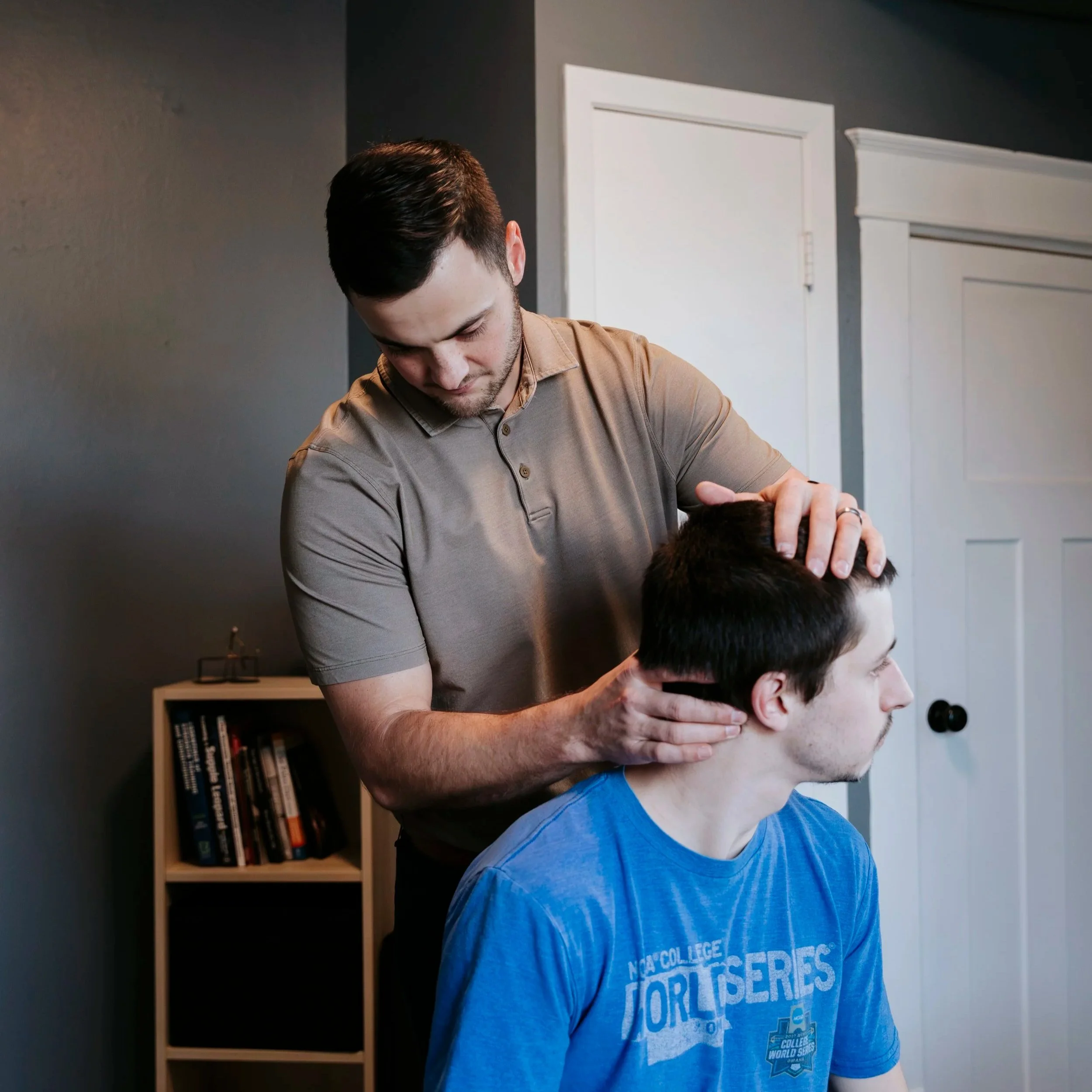Neck Pain Relief in Rapid City: Chiropractic Care and Exercise That Work Together
Why Your Neck Might Hurt (And What You Can Do About It)
Neck pain is one of the most common problems people deal with today. It can feel like a dull ache, a sharp pinch, or even pain that runs down into your arms. Sometimes we blame a bad pillow or a long day at the computer—but the real story is often more complicated.
A recent research study looked at how chiropractic care and exercise can help people with neck pain. The results show that treatment works best when we mix hands-on care with specific exercises.
What the Study Found
The study focused on people with cervical radiculopathy. That means nerves in the neck were irritated, causing pain, weakness, or tingling. Here’s what the researchers learned:
Chiropractic adjustments (spinal manipulation) may help lower pain levels.
The strongest results came when adjustments were combined with exercises.
Exercise helps people build strength and control in the muscles that support the neck.
The main takeaway? Adjustments alone are not enough. Long-term results happen when care includes movement and strength work too.
How Neck Pain Changes the Way You Move
Other research has compared people with neck pain to those without it. Here’s what they noticed:
People with neck pain often put more pressure on their neck joints when moving.
They may have weaker neck muscles, which makes those joints work harder.
Because of this, their necks take on extra stress, which can keep pain coming back.
This is why treatment must focus not just on pain, but also on building strength and better movement.
How Chiropractic Care Helps in Rapid City
At Active Life Chiropractic, we use an evidence-based approach. That means our care is guided by research, not guesswork. Here’s how we care for patients with neck pain:
1. Careful Check-Up
We test movement, directional preference, mobility, stability, and muscle strength. This helps us understand your pain and what your body needs.
2. Hands-On Treatment
Chiropractic adjustments or gentle mobilizations can reduce stiffness, calm nerves, and improve movement.
3. Strength and Control
We coach exercises that train the small, deep muscles in the neck. These help protect the joints and lower future stress.
4. Step-by-Step Plan
We make sure the number of reps, sets, and the position of each exercise is just right for you.
5. Education
We coach you on movement, desk setup, and healthy daily habits so you can help yourself between visits.
Easy Things You Can Try at Home
While everyone’s care is different, here are some gentle things you can start today:
Take breaks: Every 30–45 minutes, roll your neck gently in each direction. (Neck Rolls)
Chin tucks: Pull your head back like you’re making a “double chin.” This fights forward-head posture. (Chin Tucks)
Isometrics: Press your hand into your forehead or the side of your head lightly for 5 seconds, without moving your neck. (Isometrics)
Check your screen: Keep your computer or phone at eye level and change positions often.
Stay active: Walking, stretching, and moving your body helps keep your neck healthy.
The Bottom Line
Neck pain often has more than one cause. Research shows that the best care comes from combining chiropractic adjustments with exercise and education. At Active Life Chiropractic in Rapid City, we focus on helping your body move better so pain doesn’t keep coming back.
If you’re tired of living with neck pain, we’d love to help you find relief and build lasting strength.
References
Fejer, R., & Hartvigsen, J. (2022). Neck pain: Global epidemiology and management. Frontiers in Neurology, 13, 955367. https://doi.org/10.3389/fneur.2022.955367
Gorrell, L. M., & Rivett, D. A. (2025). The effect of spinal manipulation on cervical radiculopathy: A systematic review. Cureus, 17(8), e62925. https://pmc.ncbi.nlm.nih.gov/articles/PMC12237794/
Hu, J., Li, X., et al. (2025). The impact of neck pain and movement performance on the interarticular compressive force of the cervical spine: a cross-sectional study based on OpenSim. Journal of NeuroEngineering and Rehabilitation, 22, Article 59. https://doi.org/10.1186/s12984-025-01559-2
Jull, G., Falla, D., Vicenzino, B., Hodges, P., Kazanci, A., & Elsig, S. (2021). An international consensus on the assessment and management of musculoskeletal neck pain: A Delphi study. PLOS ONE, 16(6), e0253523. https://doi.org/10.1371/journal.pone.0253523

